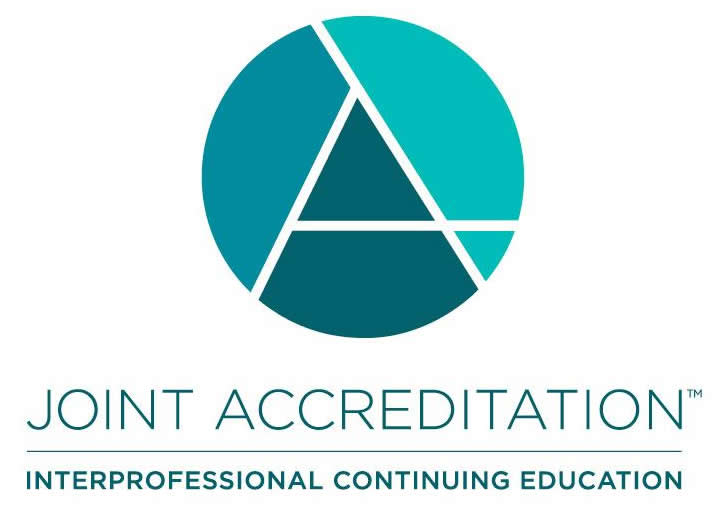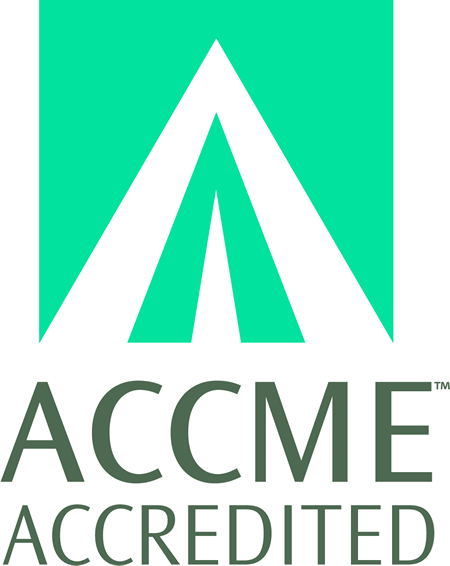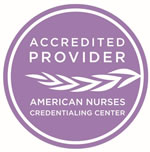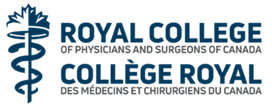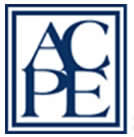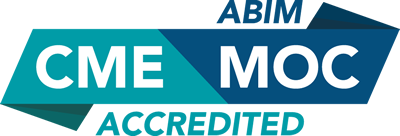
COURSE CREDITS & HOURS
14 AMA PRA Category 1 Credits™14 ACPE Credits
14.0 Contact Hours
14 (part II) MOC points in medical knowledge in the American Board of Internal Medicine's (ABIM) Maintenance of Certification (MOC) program
5½ Hours of Pharmacology for NPs
COURSE FEES
TARGET AUDIENCE
PROGRAM PURPOSE
- Management of Congestive Heart Failure: Updated Guidelines for the Primary Care and Acute Care Provider
- Differentiate heart failure due to systolic and diastolic dysfunction.
- Assess prognosis based upon NYHA class and Ejection Fraction.
- Apply the evidence-based approach to current pharmacological and advanced device therapy treatment guidelines.
- Anticoagulation for Atrial Fibrillation: Updated Guidelines for the Primary Care and Acute Care Provider
- Understand the assessment of bleeding and thromboembolic risk for atrial fibrillation.
- Assess patient candidacy for warfarin and novel oral anticoagulant therapies.
- Assessment of acute chest pain: Updated Guidelines for the Primary Care and Acute Care Provider
- Only 30% of patients with acute chest pain have a cardiac etiology
- What are best-practice clinical and diagnostic modalities to be used in assessment
- Incorporation of cardiac imaging tests in the ED evaluation of chest pain.
- Acute Coronary Syndromes: Updated Guidelines for the Primary Care and Acute Care Provider
- Acute coronary syndromes are a medical emergency; the acute care practitioner must be capable of recognizing, diagnosing, beginning initial therapy, and initiate the multidisciplinary team approach to this life-threating emergency.
- The use of cardiac biomarkers in acute diagnosis.
- The early initiation of medical therapy, and when to initiate interventional therapy.
- Management of Symptomatic Stable CAD: Updated Guidelines for the Primary Care and Acute Care Provider.
- Appreciate in which patients are percutaneous coronary intervention and surgical revascularization are useful.
- Review novel medical therapies for stable CAD.
- Endocarditis: Who are you going to call-Cardiology, Infectious Disease or Cardiac Surgery?
- Review of clinical criteria for diagnosis of endocarditis.
- Appreciate the indications for surgical and medical therapy for endocarditis.
- Management of Hyperlipidemia: Updated Guidelines for the Primary Care and Acute Care Provider
- Review the evidence to support the use of statins for primary and secondary prevention.
- Review the evidence to support the elimination of non-statin therapy from lipid treatment guidelines.
- Understand the role of PCSK9 inhibitor therapy and other emerging therapies in management of dyslipidemia.
- Lipid Therapy for Overdose
- Predict the characteristics of drug overdoses responsive to lipid therapy
- Direct administering lipid therapy for drug overdose
- Explain the "lipid sink" therory for the believed method of action of lipid therapy treatment of certain life-threatening drug overdoses without an antidote.
- Design an order set to treat potentially life-threatening overdoses with intravenous lipid emulsion
- Diversity & Inclusion in Quality Patient Care
- Explain health care disparities and how diversity & Inclusion diminish health care disparities difficulty managing patients of other cultures due to social barriers
- Disparities Interpreter Services
- Explain the potential of medical errors created by use of non-professional interpreters. Inability to efficiently use professional translator service
- Sepsis Update: 2019
- Create a personal plan to comply with 2019 sepsis bundle 1 guideline difficulty reaching compliance with sepsis quality measures
- Stroke Outliers:
- Explain the epidemiology of wake-up stroke
- Recognize syndromes that mimic stroke and avoid lytic therapy
- Predict risk of stroke after TIA avoiding misdiagnosis of stroke
- Airway Management: Avoiding Intubation in Respiratory distress
- Recognize the advantage in avoiding intubation
- Explain how Hi flow Oxygen can help avoid intubation
- Explain how NIPPV can help avoid intubation
- Recognize the contraindications for NIPPV unfamiliar with new oxygen delivery and airway devices in ED.
- Case Conference Non-Invasive Ventilation NIV
- Direct the care of respiratory distress patient to avoid intubation
- Inability to use new oxygen delivery and airway devices in ED.
- Create an algorithm for use of adjuncts to oxygenation and ventilation to avoid intubation









